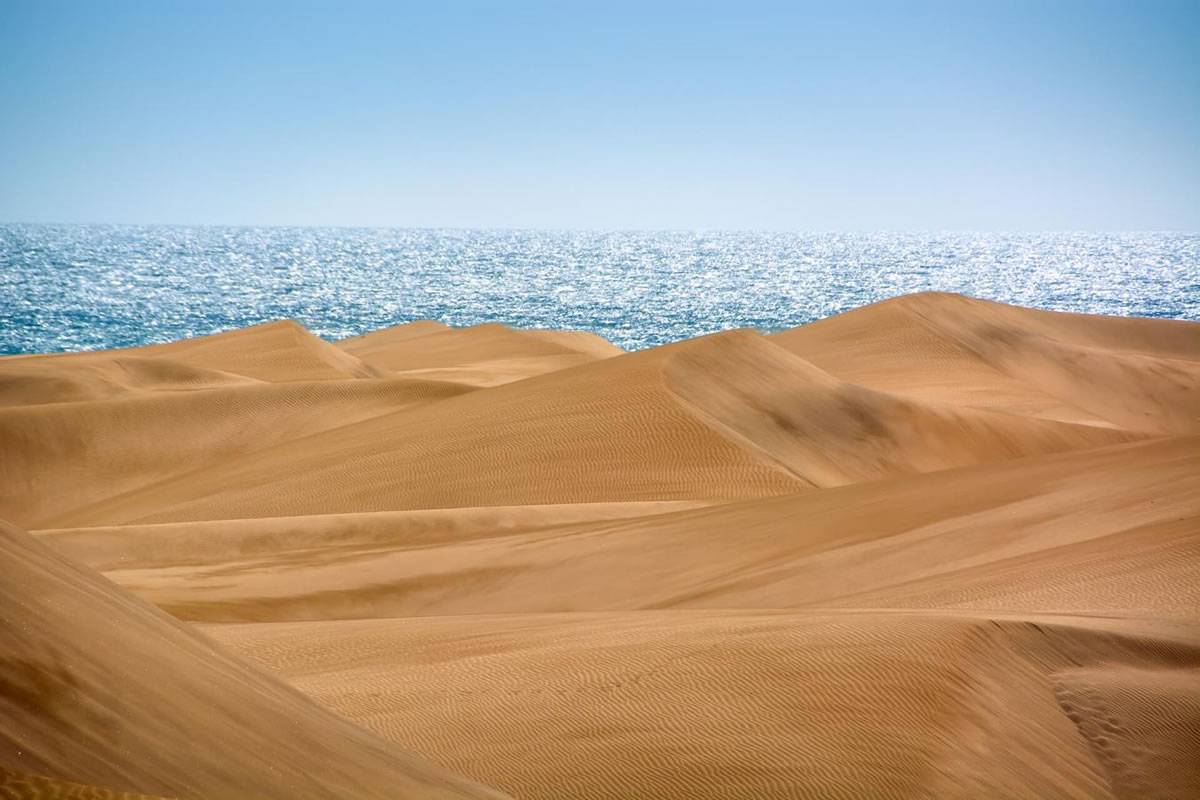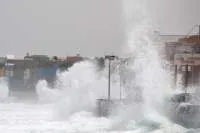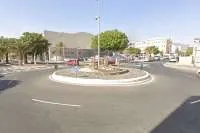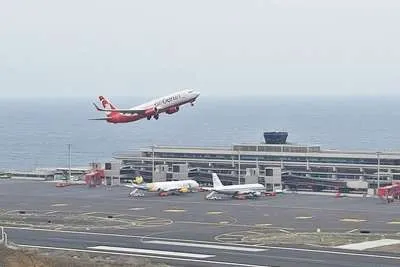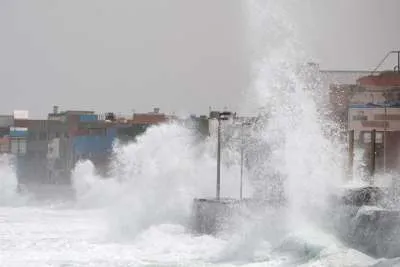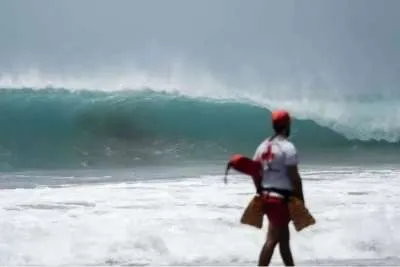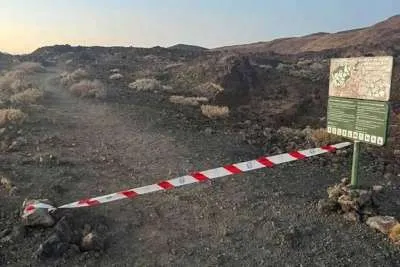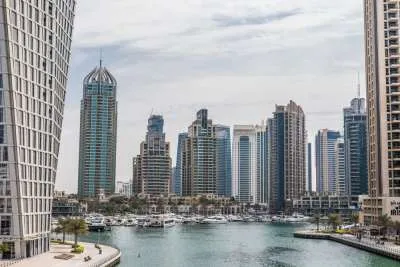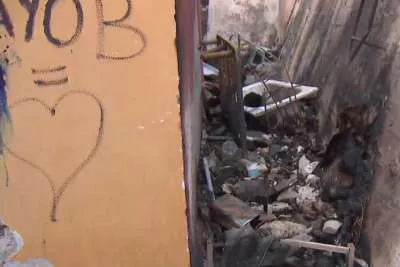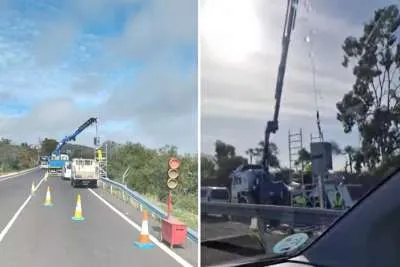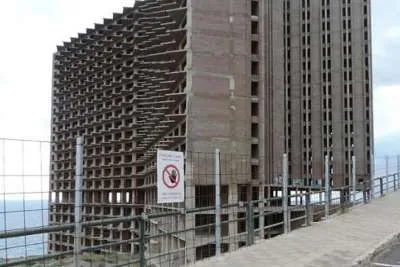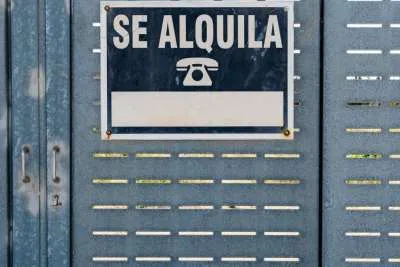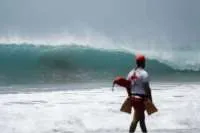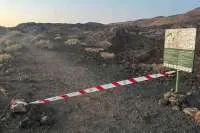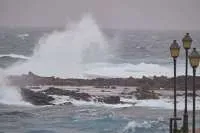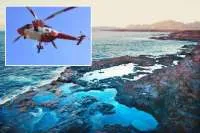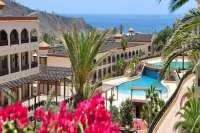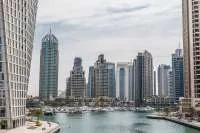Gran Canaria takes stronger measures to protect the Maspalomas Dunes
- 03-09-2023
- Gran Canaria
- Canarian Weekly
- Photo Credit: Cabildo de Gran Canaria
The Department of the Environment of the Cabildo de Gran Canaria has issued 120 fines between January and July of this year for trespassing and camping in unauthorized areas within the Special Natural Reserve of the Maspalomas Dunes.
This reserve is one of the island's main tourist attractions and a popular destination throughout the Canary Islands. The number of fines issued this year has multiplied by six compared to the total of 20 fines issued in all of 2022 and has doubled the 60 fines issued in 2021.
These fines have been imposed due to the impact on a natural area with one of the highest levels of environmental protection regulations. The excessive foot traffic outside of the four designated paths leads to damage to the dune ecosystem.
Because of this, the majority of the fines amount to 150 euros for violating the rules displayed in various information points and signage. Additionally, fines exceeding 400 euros have been imposed on audiovisual sector companies (photography, videos, etc.) that have ventured into unauthorized areas for their work without obtaining special prior permits.
The overcrowding of the dunes with tourists, both in summer and winter, is hindering the growth of vegetation in the area, which is crucial for retaining sand in the reserve. The reduced presence of "balancones", common shrubs in the sandy coastal areas of the islands, is being threatened by excessive foot traffic, whether for capturing snapshots of the spectacular sunsets or engaging in less appropriate activities such as "cruising" (public sexual encounters), means that there are fewer natural barriers to sand movement.
Sources from the Cabildo state that the deterioration of the dune system has become increasingly evident over the past few decades, with a constant loss of sand primarily due to urban development and human impact, disrupting the wind and dune dynamics. It is estimated that around 45,000 cubic metres of sand are lost each year, ultimately ending up in the sea.
Increased Surveillance
The significant increase in fines this year is linked to the rise in tourist traffic in the area after the COVID-19 pandemic and the strengthened surveillance efforts by the Cabildo de Gran Canaria and the Municipality of San Bartolomé de Tirajana, where the dunes are located. "Since the pandemic, people have gone crazy," state the same island sources, emphasizing that there was no surveillance needed until 2020.
To address this, the Environmental Protection Plan for Maspalomas Dunes, known as “Más Dunas” was launched, and since then, the island's government has allocated four agents from the Department of the Environment and introduced new technologies such as the use of drones to monitor the state of the ecosystem and human traffic beyond the eight kilometres of designated paths and trails marked by bollard signs.
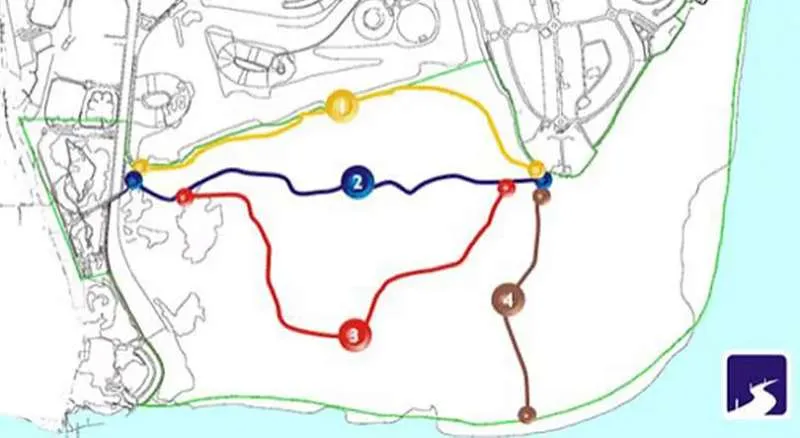
Raúl García Brink, the Minister of the Environment, emphasizes in a statement how this activity "experienced a significant upturn in 2023, far surpassing the data collected in previous years, possibly due to the pandemic." He highlights plans to increase the number of personnel involved in monitoring the Reserve and the use of technological devices to control the vast dune area.
Brink suggests that within the digital transition of this initiative, several actions are planned with an investment of more than a million euros, aimed at ensuring the surveillance and protection of the Reserve.
Specifically, it involves the development of the 'Destination Sensory' plan, which deploys a network of anthropic, climatic, and environmental sensors to measure the number of pedestrians on the dune paths and their carrying capacity. "The aim is to use new technologies to have precise knowledge of the flow of people in this area," the minister said.
Likewise, LED information screens will be installed in the areas adjacent to the busiest tourist spots, providing information about the Special Natural Reserve, its values, and the behavioural rules to follow, in multiple languages. Additionally, new intelligent signage elements and tourist information points will be added to enhance the area's signage.
Other articles that may interest you...
Trending
Most Read Articles
Featured Videos
A Vision of Elvis Tenerife Promo
- 10-05-2025
TEAs 2025 Highlights
- 17-11-2025


